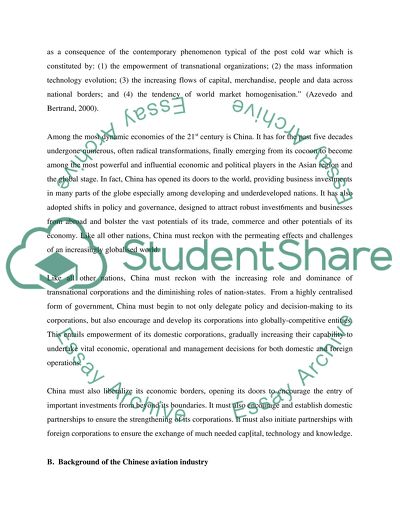Cite this document
(“The Influence of Global Economic and Political Environment on Airline Essay”, n.d.)
The Influence of Global Economic and Political Environment on Airline Essay. Retrieved from https://studentshare.org/miscellaneous/1505743-the-influence-of-global-economic-and-political-environment-on-airline-industry-in-china
The Influence of Global Economic and Political Environment on Airline Essay. Retrieved from https://studentshare.org/miscellaneous/1505743-the-influence-of-global-economic-and-political-environment-on-airline-industry-in-china
(The Influence of Global Economic and Political Environment on Airline Essay)
The Influence of Global Economic and Political Environment on Airline Essay. https://studentshare.org/miscellaneous/1505743-the-influence-of-global-economic-and-political-environment-on-airline-industry-in-china.
The Influence of Global Economic and Political Environment on Airline Essay. https://studentshare.org/miscellaneous/1505743-the-influence-of-global-economic-and-political-environment-on-airline-industry-in-china.
“The Influence of Global Economic and Political Environment on Airline Essay”, n.d. https://studentshare.org/miscellaneous/1505743-the-influence-of-global-economic-and-political-environment-on-airline-industry-in-china.


